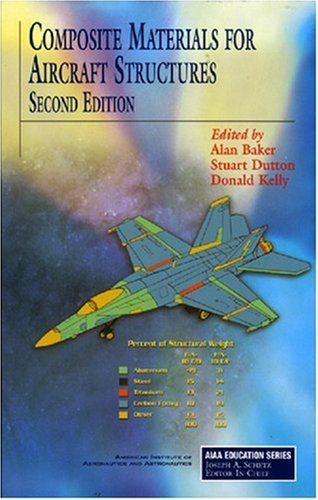

Most ebook files are in PDF format, so you can easily read them using various software such as Foxit Reader or directly on the Google Chrome browser.
Some ebook files are released by publishers in other formats such as .awz, .mobi, .epub, .fb2, etc. You may need to install specific software to read these formats on mobile/PC, such as Calibre.
Please read the tutorial at this link: https://ebookbell.com/faq
We offer FREE conversion to the popular formats you request; however, this may take some time. Therefore, right after payment, please email us, and we will try to provide the service as quickly as possible.
For some exceptional file formats or broken links (if any), please refrain from opening any disputes. Instead, email us first, and we will try to assist within a maximum of 6 hours.
EbookBell Team

4.3
88 reviews
ISBN 10: 1563475405
ISBN 13: 9781563475405
Author: Alan A Baker, Stuart Dutton, Donald Kelly
Part I: Fundamentals of Composite Materials
Part II: Mechanics of Laminated Composites
Part III: Manufacturing and Processing
Part IV: Structural Design and Performance
Part V: Advanced Topics and Future Outlook
composite materials for aircraft structure
composite materials for aircraft structures pdf
composite materials for aircraft structures third edition pdf
composite materials for aircraft structures third edition
composite materials for aircraft structures second edition
Tags: Alan A Baker, Stuart Dutton, Donald Kelly, Composite, Materials